If you’ve ever watched birds in your backyard or local park, you may have noticed something fascinating: many birds return to the same branch, tree, or area day after day. This behavior, seemingly simple at first glance, actually reveals complex aspects of avian biology, psychology, and survival strategies. Birds’ tendency to revisit specific locations isn’t random but reflects millions of years of evolutionary adaptations. Their predictable morning routines connect to territory defense, resource management, and intricate navigational abilities that scientists are still working to fully understand. Let’s explore why these feathered creatures develop such strong attachments to particular perches and what this behavior tells us about their remarkable lives.
The Power of Site Fidelity in Birds
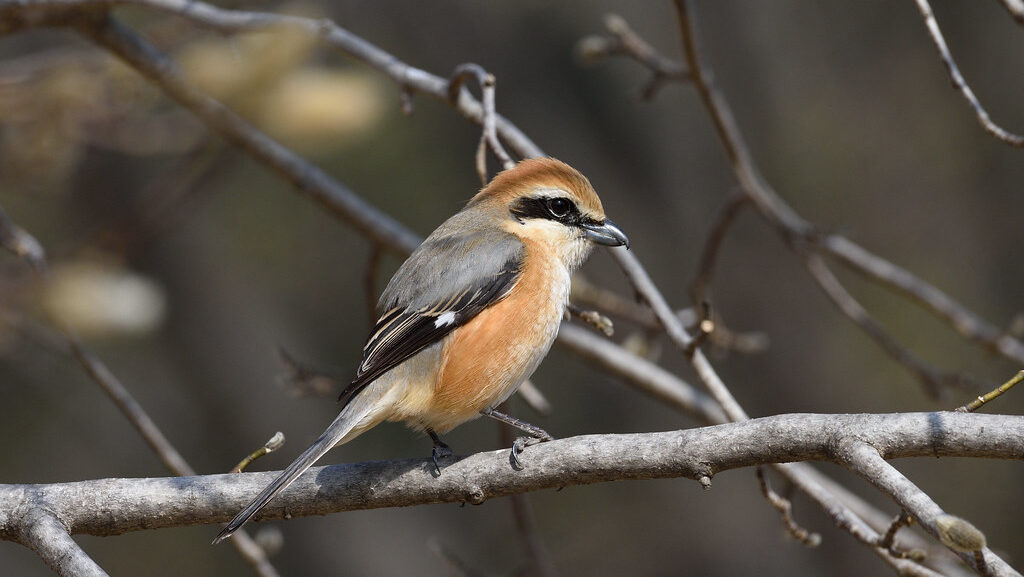
Birds exhibit what ornithologists call “site fidelity,” a strong tendency to return to locations where they’ve previously been successful. This behavior extends beyond just favorite branches to include nesting sites, feeding grounds, and migration stopover points. Site fidelity has deep evolutionary roots, as birds that remember productive or safe locations gain significant survival advantages. For many species, this attachment to specific places begins early in life and strengthens over time. Some birds display such strong site fidelity that they’ll return to exactly the same branch or nest box year after year, even after traveling thousands of miles during migration. This remarkable consistency helps birds maximize their efficiency in familiar environments where they understand the resources and potential dangers.
Territory Establishment and Defense
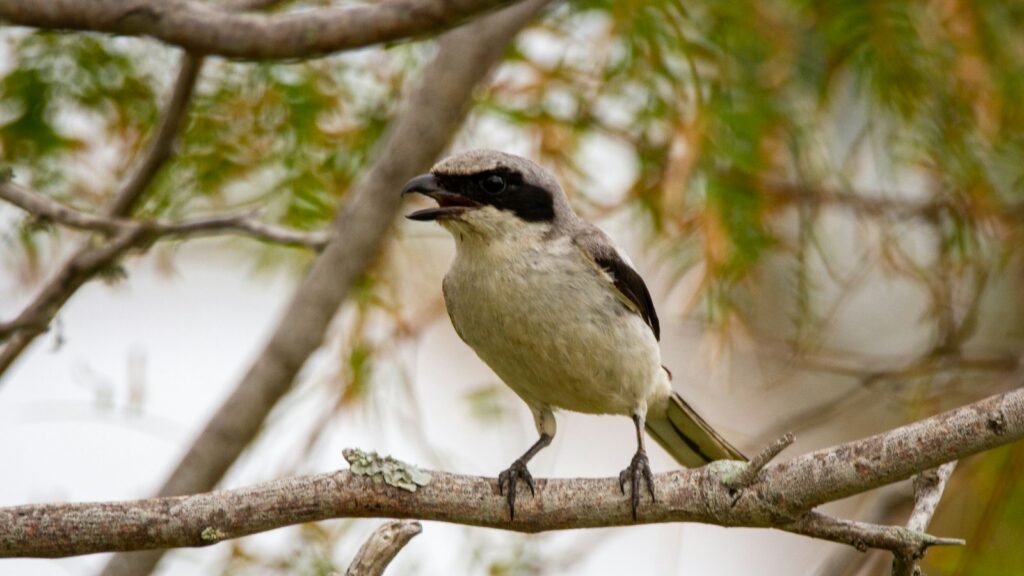
One primary reason birds return to the same branch each morning is to establish and defend their territory. By consistently appearing in prominent locations, birds signal to potential competitors that the surrounding area is already claimed. These regular perches often serve as singing posts, where males can broadcast their territorial songs most effectively across their domain. Morning is a particularly crucial time for territory reinforcement, as it reestablishes boundaries after the vulnerability of nighttime. Some species even perform elaborate “dawn chorus” singing routines from these favorite perches, with research suggesting that regular appearance in the same visible location significantly reduces territorial disputes. For many birds, that reliable branch represents the avian equivalent of planting a flag on their property.
Navigational Landmarks and Cognitive Mapping

Birds possess remarkable navigational abilities that allow them to create detailed mental maps of their environment. Consistent perches serve as important landmarks within these cognitive maps, helping birds orient themselves within their territory. Research has shown that many species use visual cues and landmarks much as humans might use street signs or familiar buildings. These reference points become especially important during early morning hours when birds transition from sleep to active foraging. The familiar branch provides a starting point from which they can plan their daily movements and activities. Some scientists believe that birds actually rehearse their routes mentally while perched, using these moments of stillness to prepare for efficient movement through their territory.
Safety and Predator Avoidance
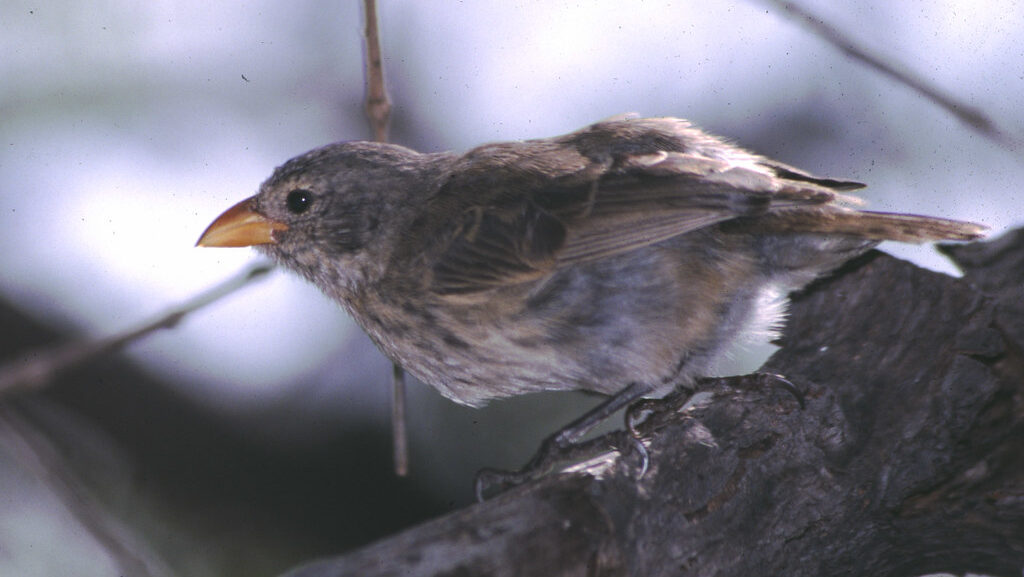
Safety considerations heavily influence a bird’s choice of regular perches. Branches that have previously proven secure from predators become trusted locations in the bird’s mental landscape. These preferred perches typically offer good visibility in multiple directions, allowing birds to spot approaching threats. Many species select branches with quick escape routes or protective cover nearby. The early morning represents a particularly vulnerable time as diurnal birds become active while nocturnal predators may still be hunting. By returning to proven safe locations, birds minimize risk during this dangerous transition period. Studies have shown that birds will quickly abandon previously favored perches if they experience or witness a predation attempt there, demonstrating how safety influences these location preferences.
Resource Monitoring and Optimization
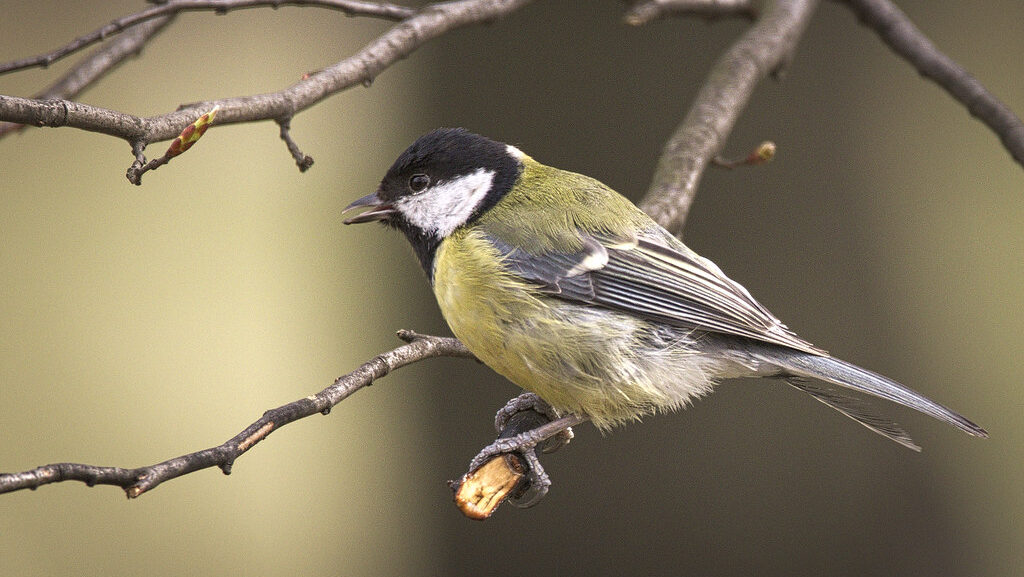
Regular perches often provide birds with excellent vantage points to monitor food resources in their territory. From these observation posts, birds can track insect activity, fruit ripening, or the movements of potential prey before expending energy on foraging. This strategy allows birds to optimize their feeding efficiency by conducting surveillance before committing to specific feeding locations. Many species use their morning perch time to assess weather conditions, competitor activity, and resource availability before making decisions about their daily activities. For some birds, these regular branches are positioned strategically near reliable food sources, allowing them to minimize travel distance while maximizing their ability to defend valuable resources. The information gathered during these observation periods directly influences the bird’s survival success and reproductive fitness.
Social Communication and Mate Attraction
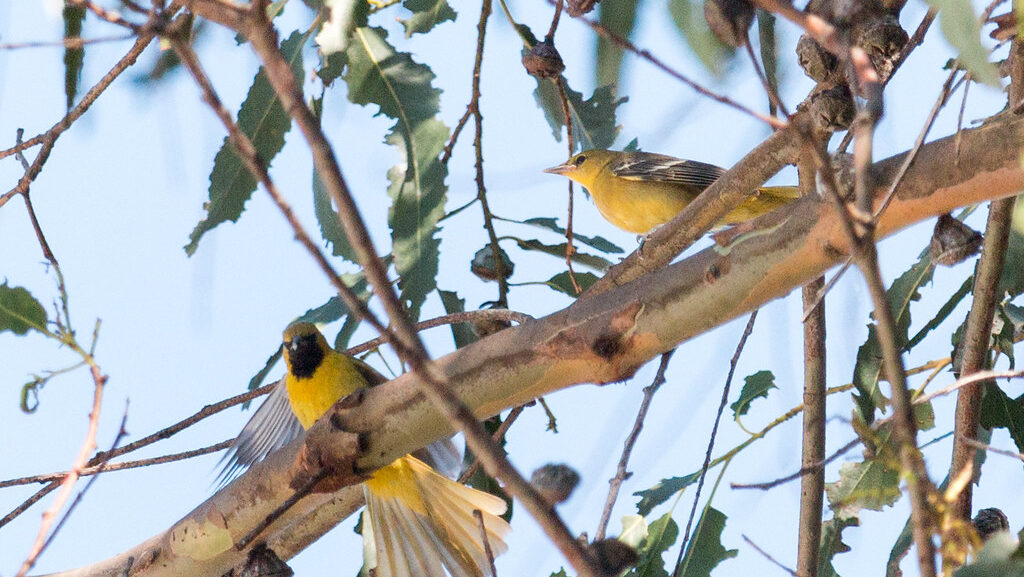
Consistent perch locations play a crucial role in birds’ social communications systems. By returning to the same visible branch, birds make themselves predictably available for potential mates and existing partners. Many songbirds specifically choose exposed, acoustically advantageous branches for their morning songs, maximizing the distance their vocalizations will carry. During breeding season, these reliable locations become particularly important as they serve as advertisement platforms for a bird’s territory quality and individual fitness. Researchers have documented that birds with the most consistent perch routines often attract mates more successfully than those with unpredictable patterns. For mated pairs, regular meeting locations help maintain pair bonds and coordinate activities throughout the day.
Morning Rituals and Energy Conservation
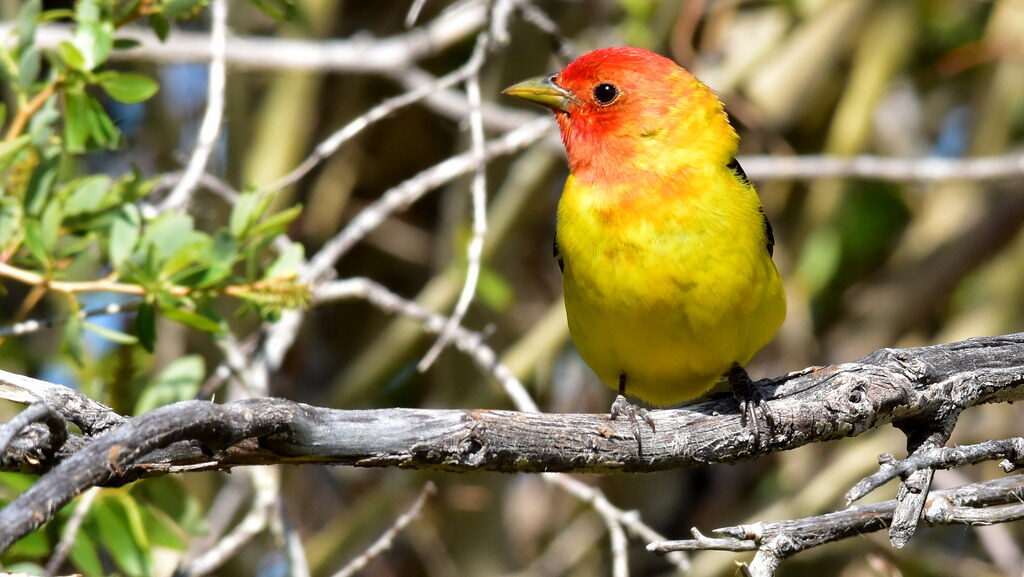
The early morning return to familiar branches connects to birds’ physiological needs and energy management strategies. After a night of fasting, birds must carefully balance their need to replenish energy with the requirement to perform important morning activities like preening, stretching, and territory defense. Using a familiar perch eliminates the need to expend energy searching for an appropriate location, allowing birds to direct more resources toward these essential tasks. Many species engage in systematic sunning behaviors on these branches, warming their bodies and raising their metabolic rates after the cooler nighttime hours. Regular morning locations also often allow birds to transition gradually from sheltered sleeping spots to more exposed, active daytime locations in a way that conserves precious energy reserves.
Weather Protection and Microclimate Selection

Birds demonstrate remarkable sensitivity to microclimate conditions when selecting regular perches. Preferred morning branches often provide optimal protection from prevailing winds while maximizing exposure to warming morning sunlight. These locations may offer shelter from precipitation or protection from extreme temperatures depending on seasonal needs. Birds in urban environments have been observed selecting perches near human structures that create beneficial heat islands during colder months. Research has documented that many species will shift their preferred perches seasonally, maintaining separate “summer” and “winter” locations that address different environmental challenges. This adaptability demonstrates how birds continuously assess and respond to environmental conditions to maintain their physiological comfort and energy efficiency.
Memory Capabilities and Spatial Learning
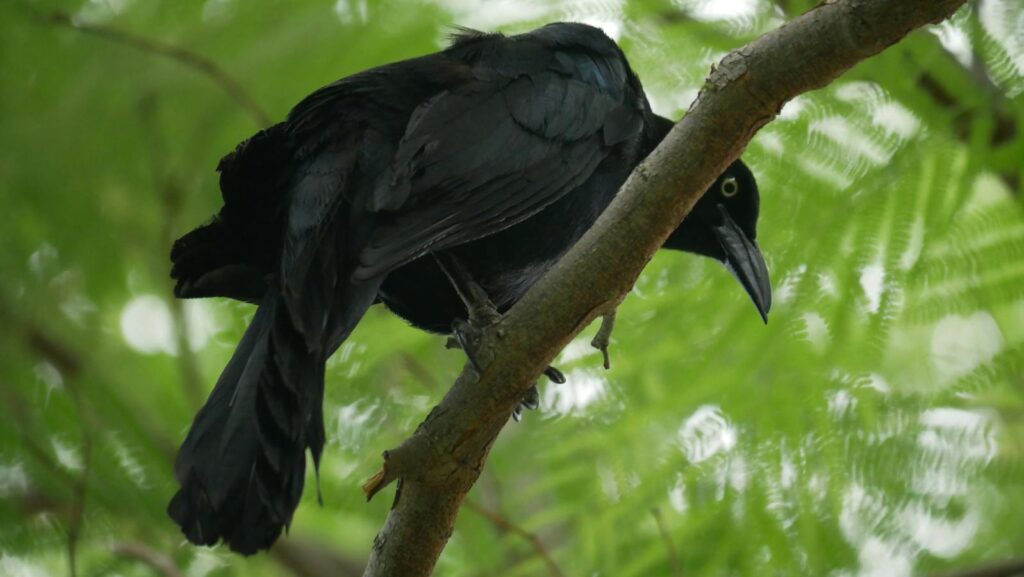
A bird’s ability to return to specific branches highlights their impressive spatial memory and learning capabilities. Species that regularly use the same perches demonstrate the capacity to remember precise locations over extended periods, sometimes returning to exact positions after months of absence during migration. This spatial memory develops through experience and is supported by specialized brain structures that evolved specifically for location processing. Young birds typically show less site fidelity than adults, gradually developing stronger location preferences as they gain experience in their environment. Some species, like corvids (crows, ravens, and jays), possess particularly advanced spatial memory capabilities, allowing them to remember hundreds or even thousands of specific locations within their territory. These cognitive abilities represent one of the most impressive adaptations in the avian world.
Species Variation in Perching Behavior
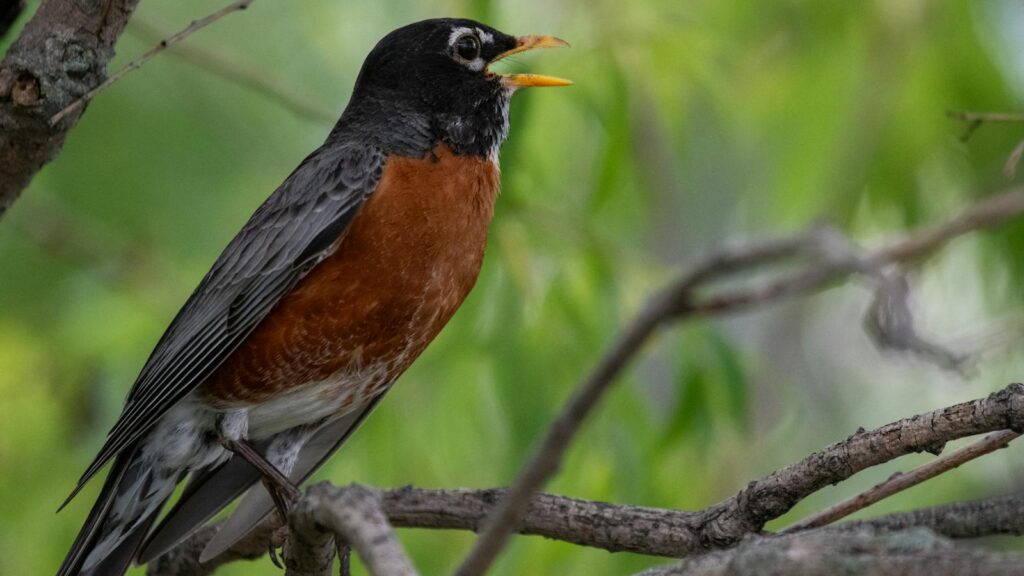
While many birds demonstrate strong perch fidelity, the intensity of this behavior varies significantly across species. Territorial songbirds like robins and cardinals typically show some of the strongest attachments to specific branches, often returning to the same perch daily for months. Migratory species may exhibit seasonal perch fidelity, remembering and returning to the same locations year after year despite traveling thousands of miles between visits. Some colonial nesting species show less individual perch preference but strong attachment to particular colonies or roosting areas. Predatory birds like hawks and owls often maintain multiple preferred hunting perches throughout their territory, rotating between them strategically. These differences in perching behavior reflect each species’ ecological niche, social structure, and evolutionary history.
Human Impact on Bird Perching Patterns

Human activities significantly influence birds’ perching behaviors and location fidelity. Habitat fragmentation and destruction can force birds to abandon long-established perch locations, potentially disrupting crucial behaviors tied to these familiar spots. Urban development sometimes creates new perching opportunities through structures like buildings, light posts, and power lines, though these may present novel dangers like collision risks or predator exposure. Climate change is altering the timing of birds’ daily routines, including when they arrive at morning perches, potentially creating mismatches with food availability or breeding cycles. Conservation efforts increasingly recognize the importance of preserving not just general habitat but specific landscape features that birds use as regular perches. Backyard bird enthusiasts can support natural perching behaviors by maintaining diverse native vegetation with branches at various heights and exposures.
Observing and Recording Perch Fidelity

Birdwatchers and citizen scientists can contribute valuable data about perch fidelity by observing and recording birds’ regular morning locations. The best observation practices include maintaining consistent timing, using minimal disturbance techniques, and recording details like the exact branch position, surrounding habitat features, and the bird’s behaviors while perched. Modern technology has revolutionized this field of study, with tiny GPS trackers now allowing researchers to map birds’ movements with unprecedented precision. Community science projects focusing on familiar species like chickadees, cardinals, or robins have revealed surprising patterns in how birds establish and maintain their morning routines. Photographers who regularly document backyard birds often inadvertently create valuable records of perch fidelity that can span years, contributing to our understanding of these behaviors over time.
Conclusion
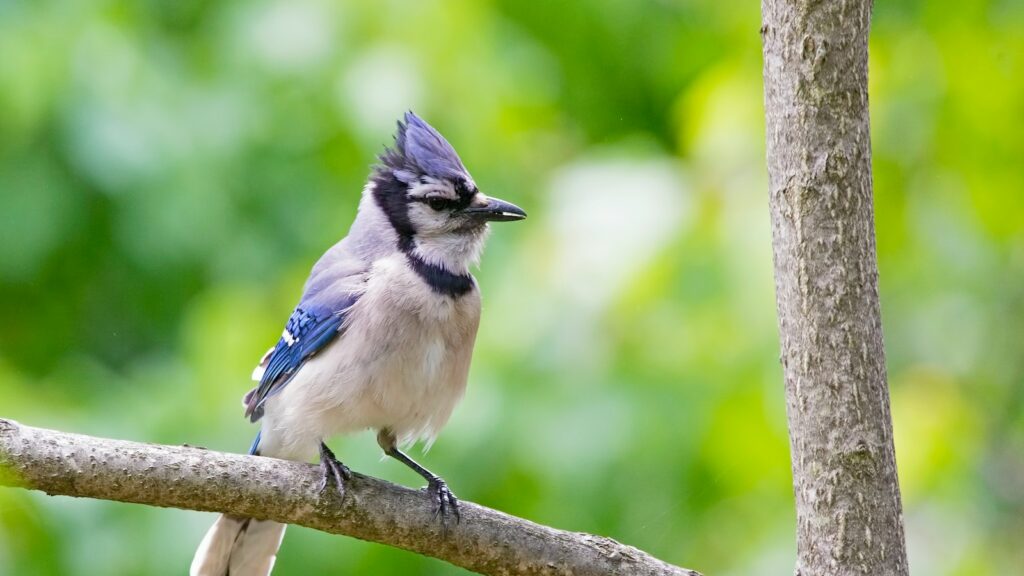
The seemingly simple habit of birds returning to the same branch each morning reveals the complex interplay of instinct, learning, and adaptation that shapes avian lives. These consistent behaviors represent much more than mere routine—they embody sophisticated strategies for survival, communication, and resource management. By understanding why birds form these attachments to specific locations, we gain deeper insights into their perception of the world and their remarkable capacity to thrive within it. Next time you notice a bird returning to its favorite perch day after day, remember you’re witnessing not just a creature of habit, but an animal employing sophisticated cognitive and behavioral tools refined through millions of years of evolution.
